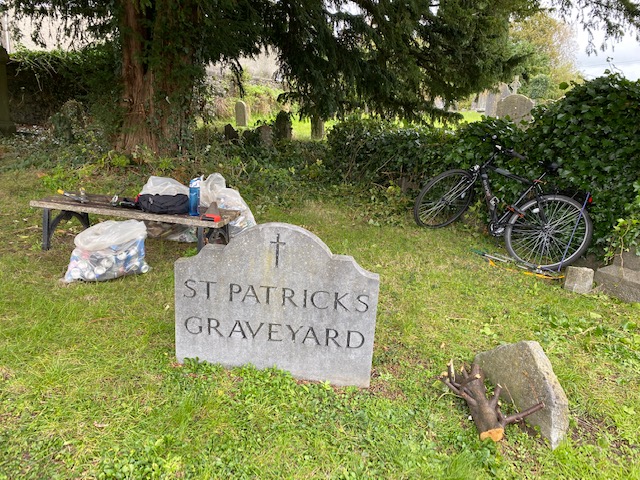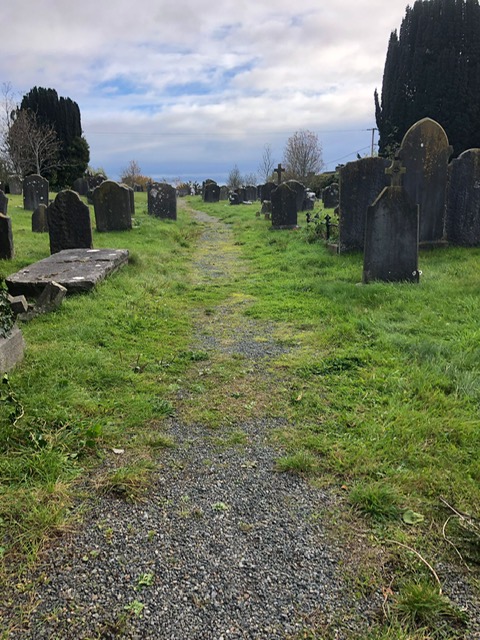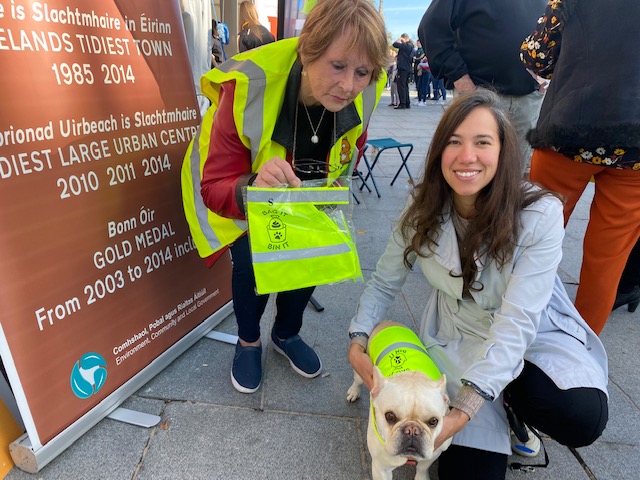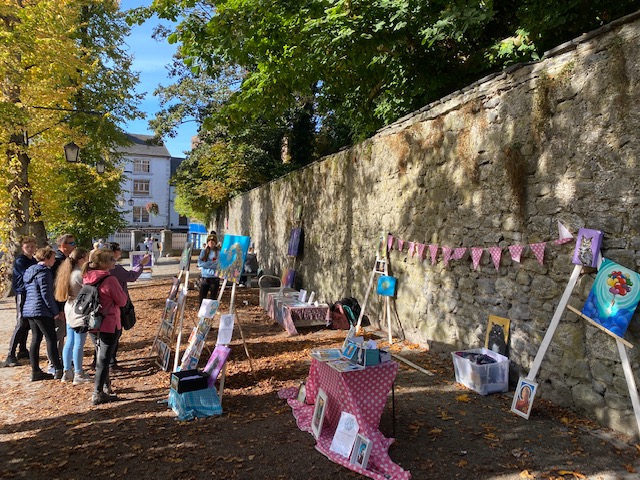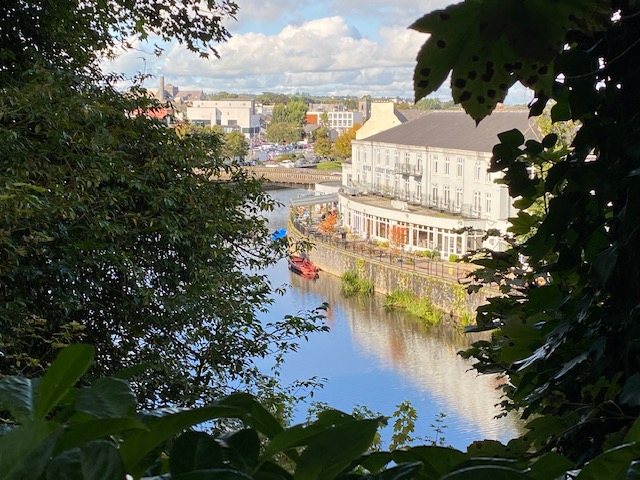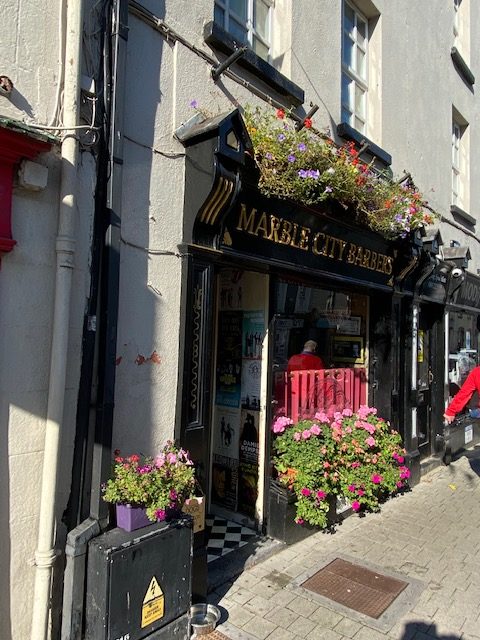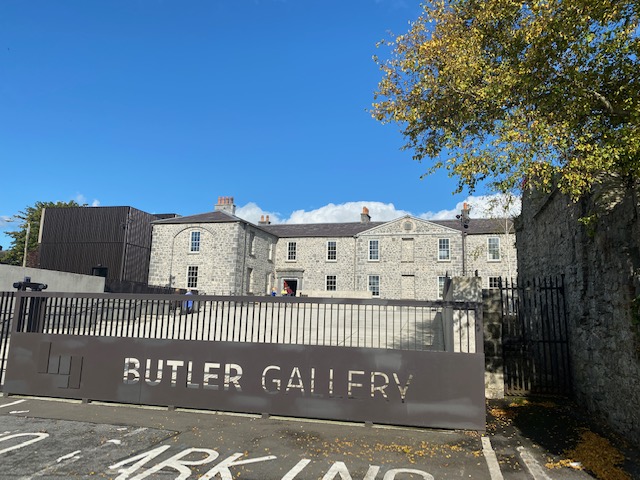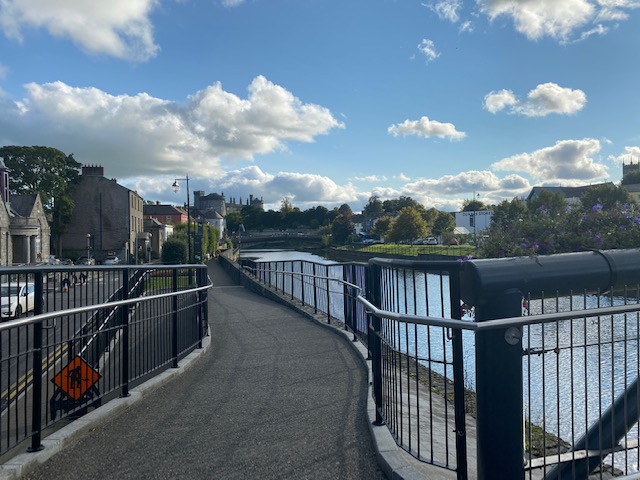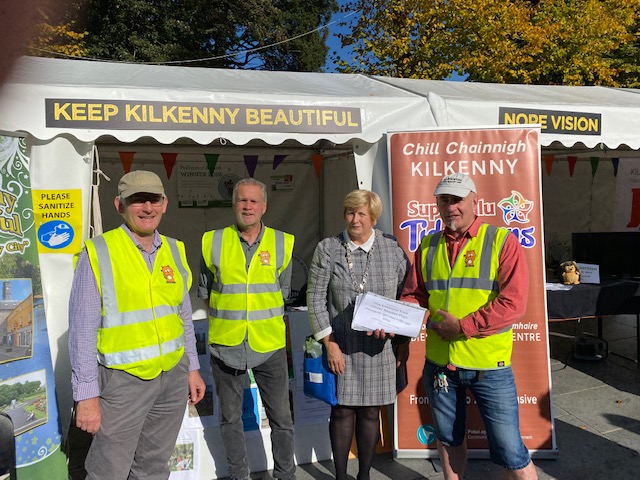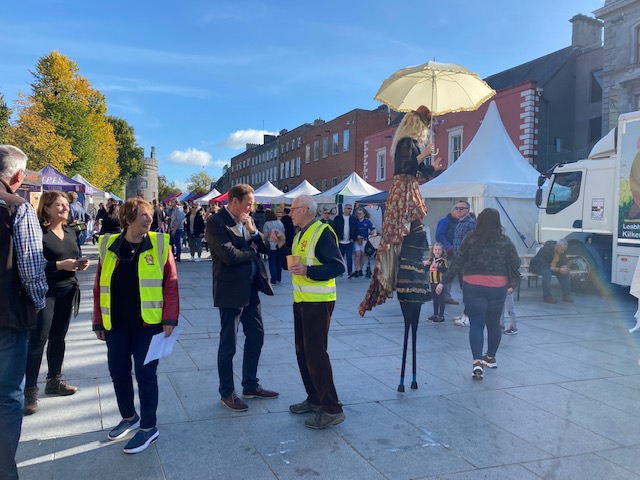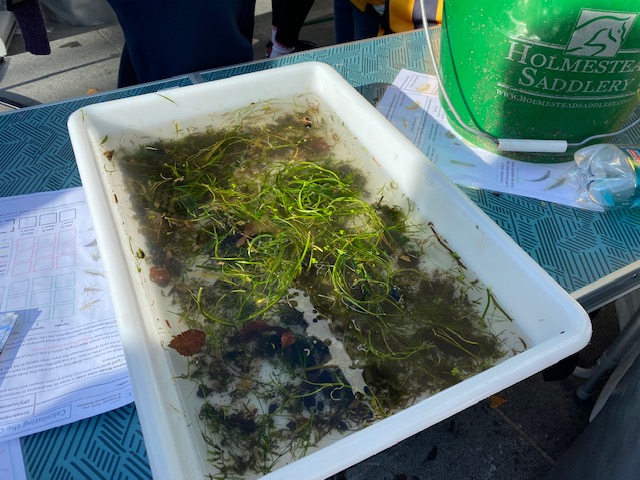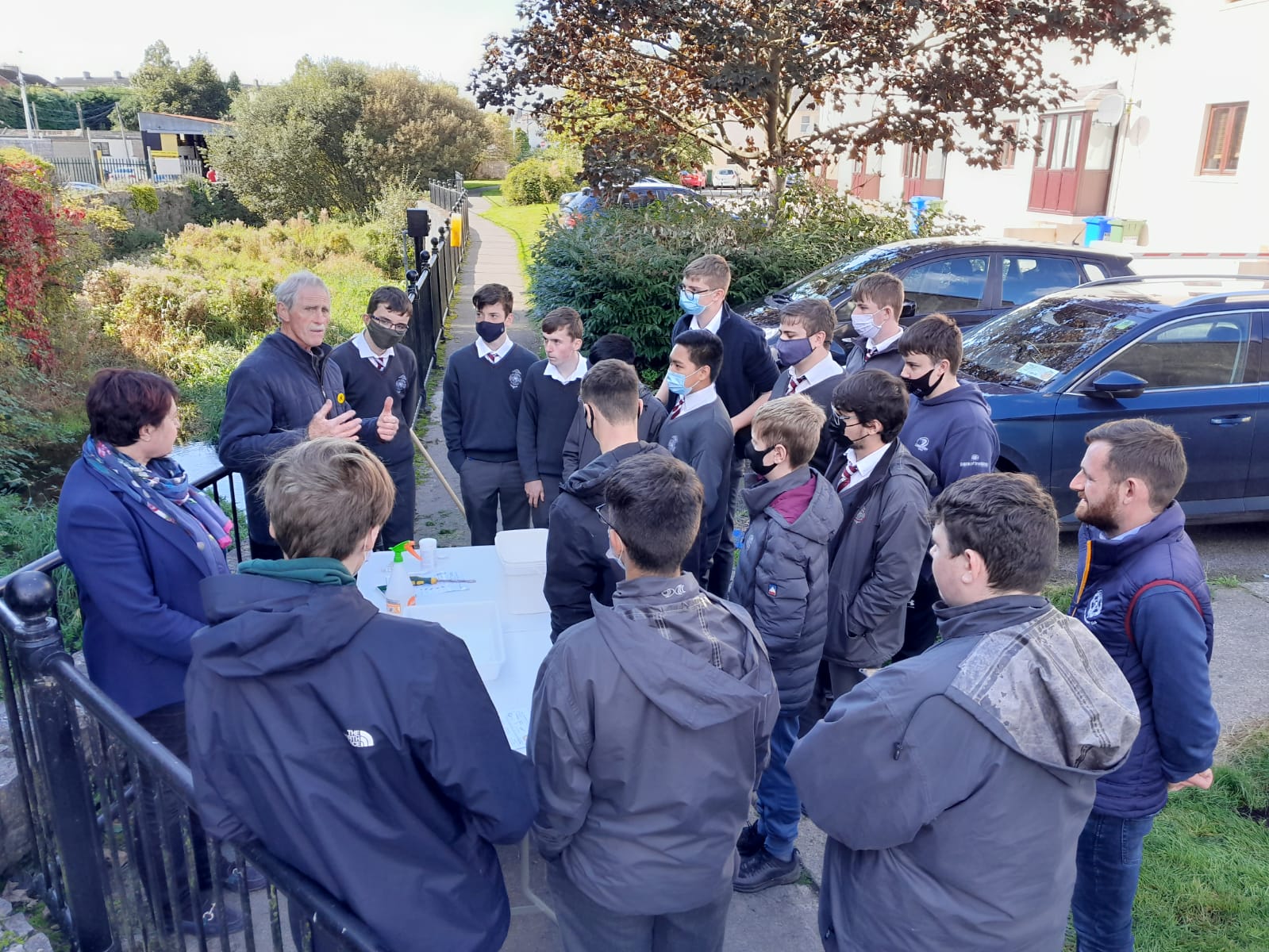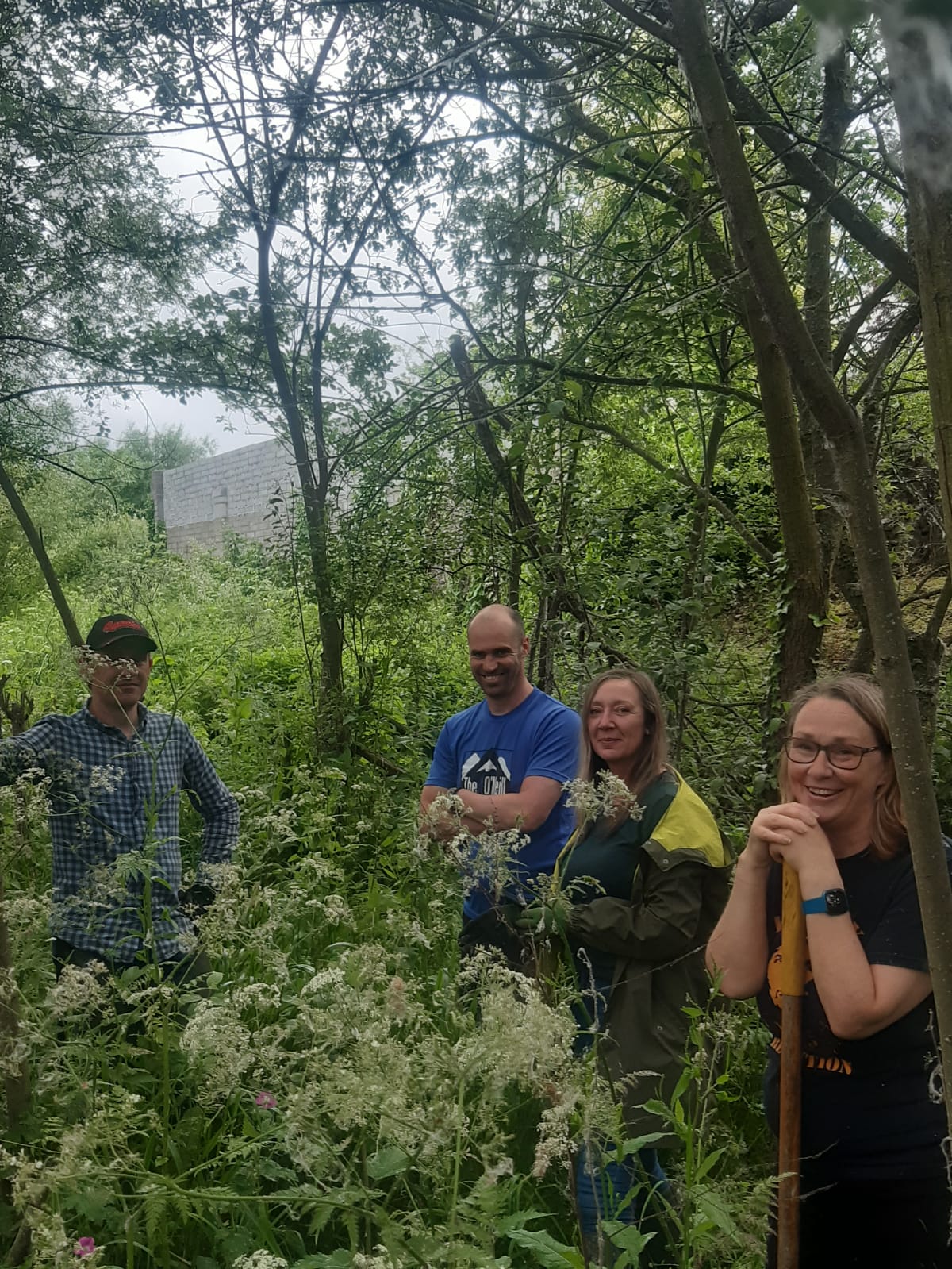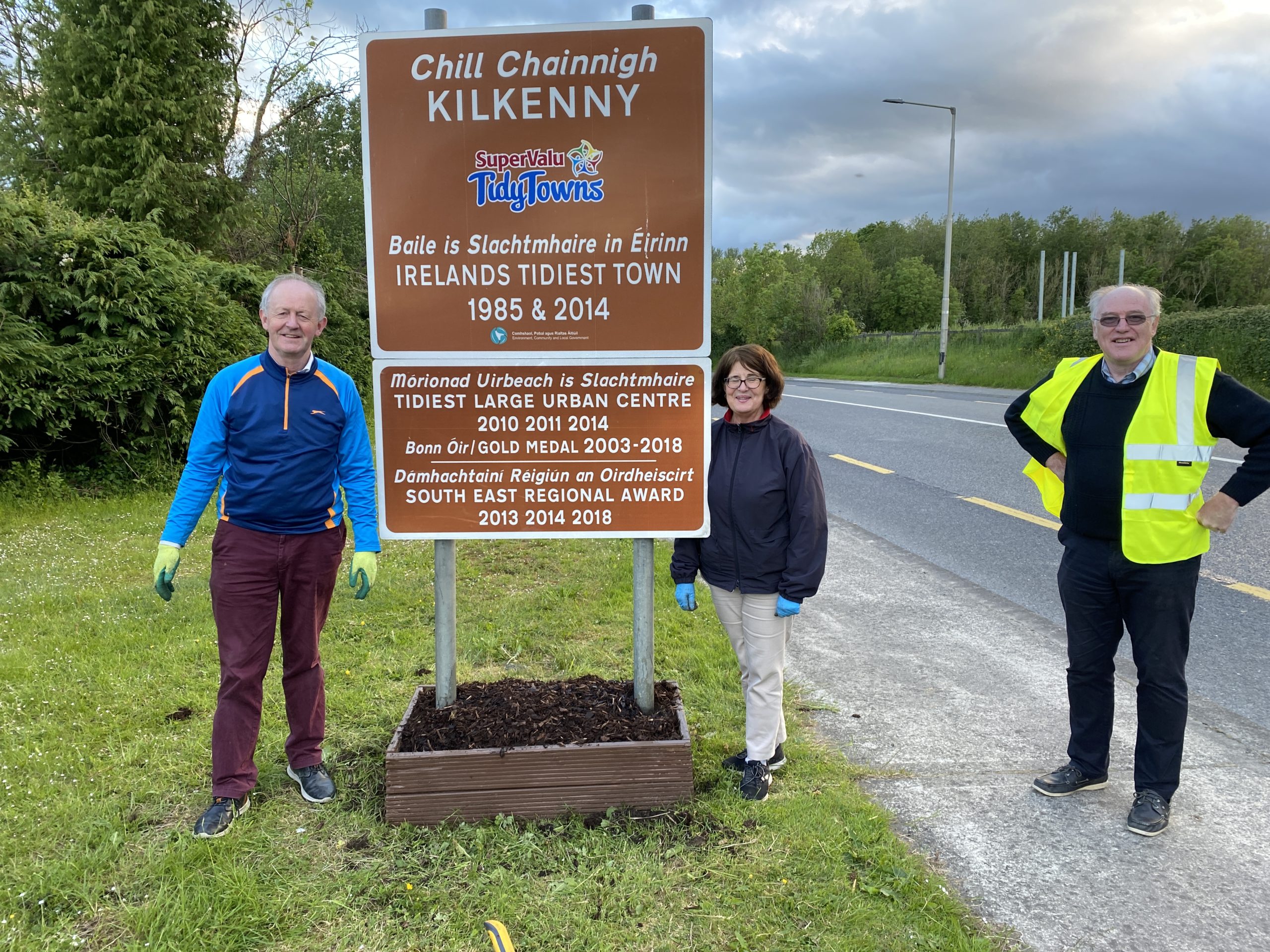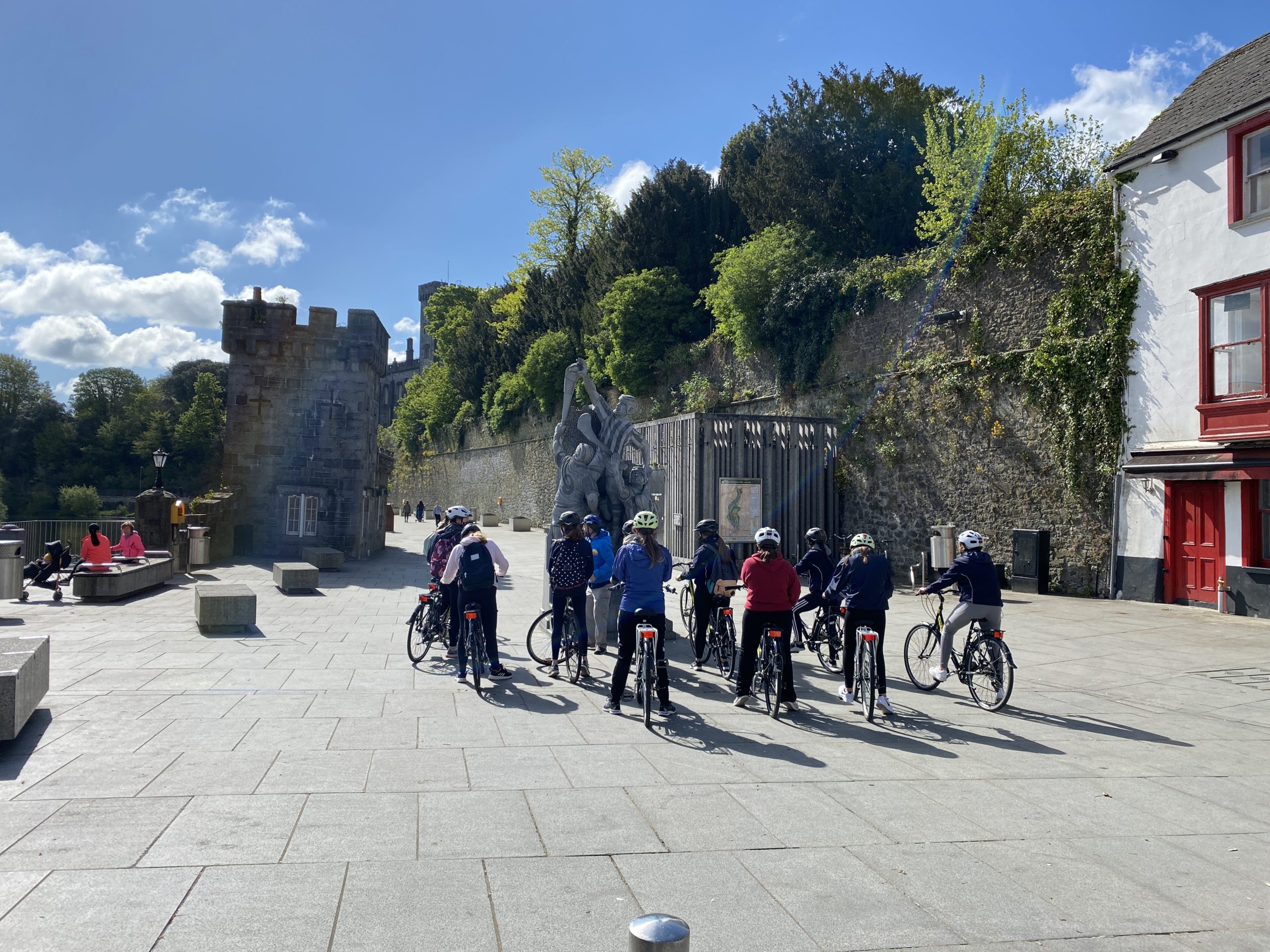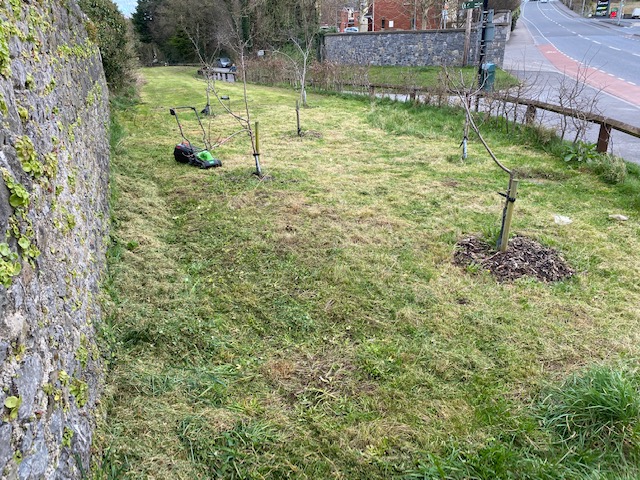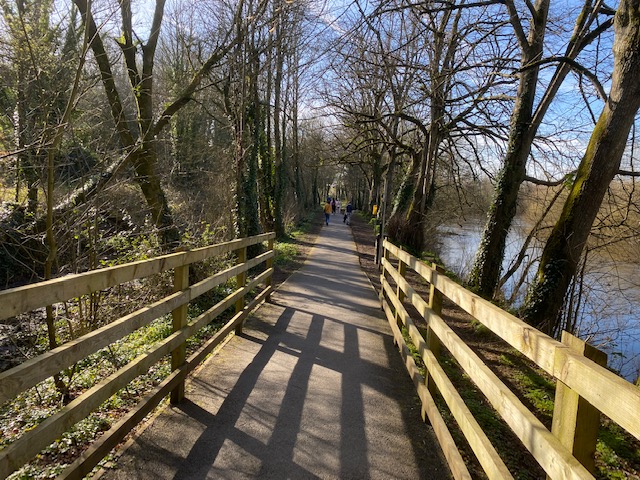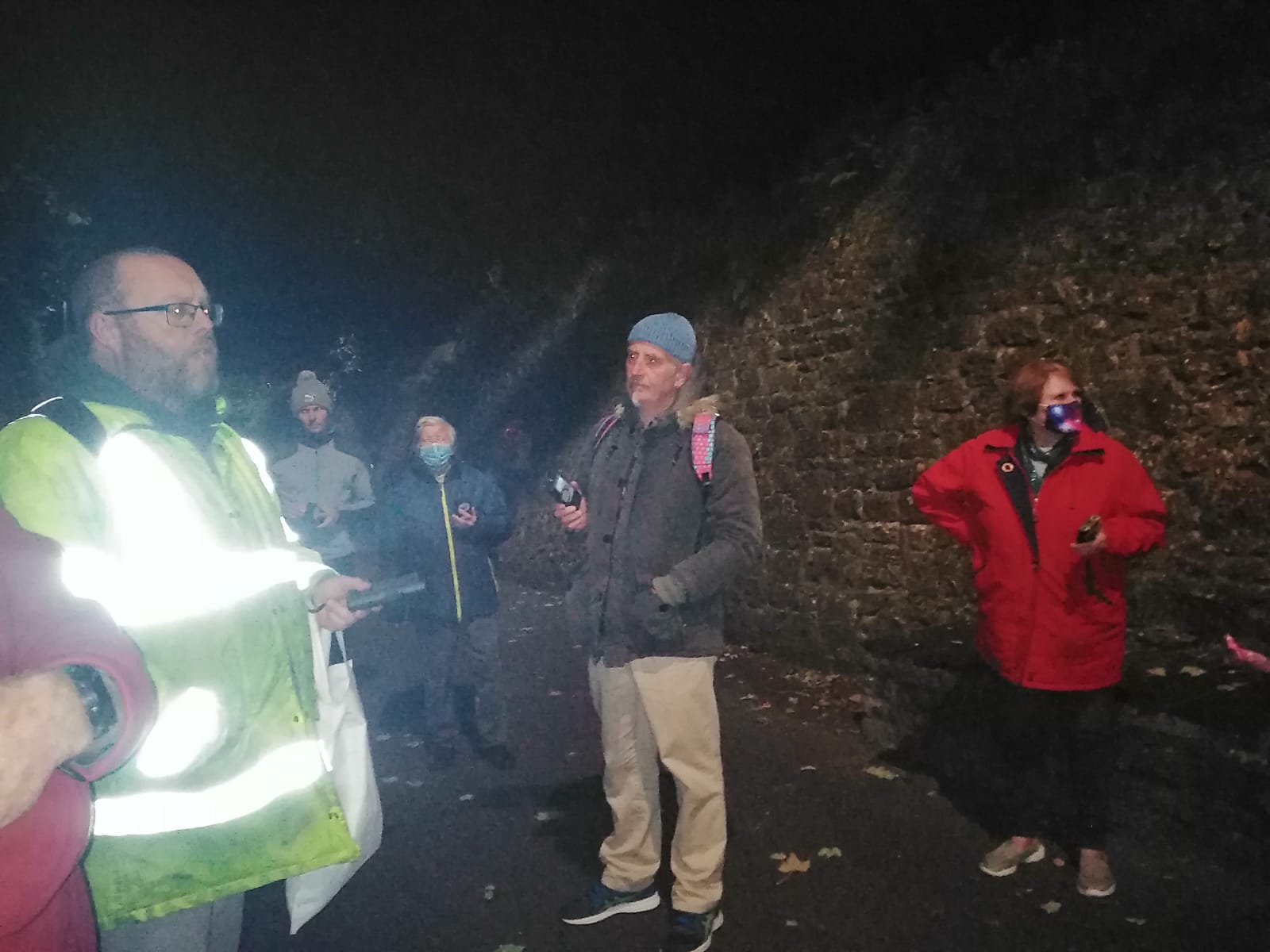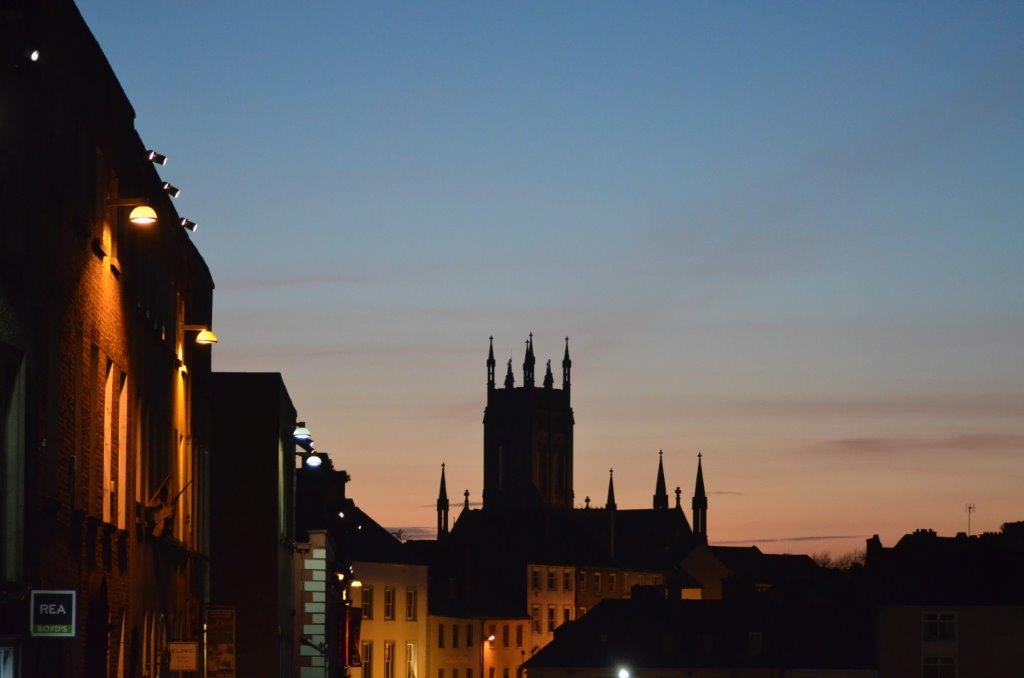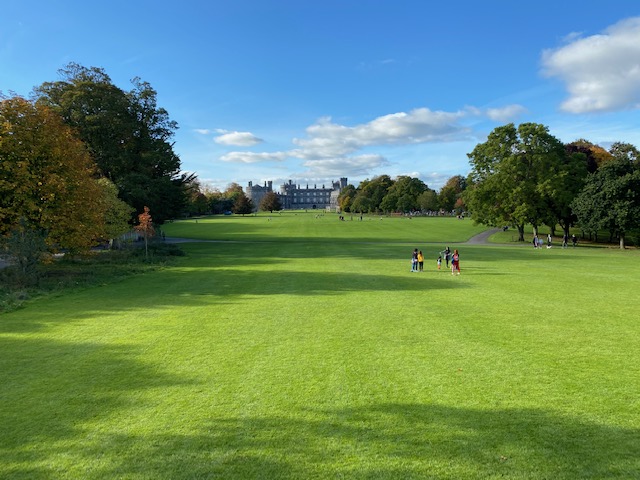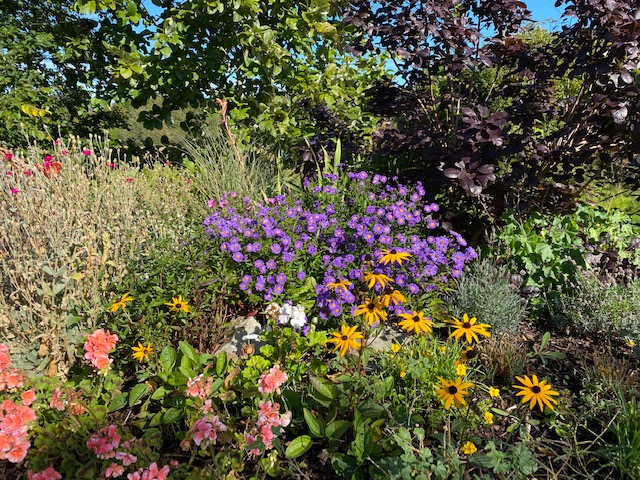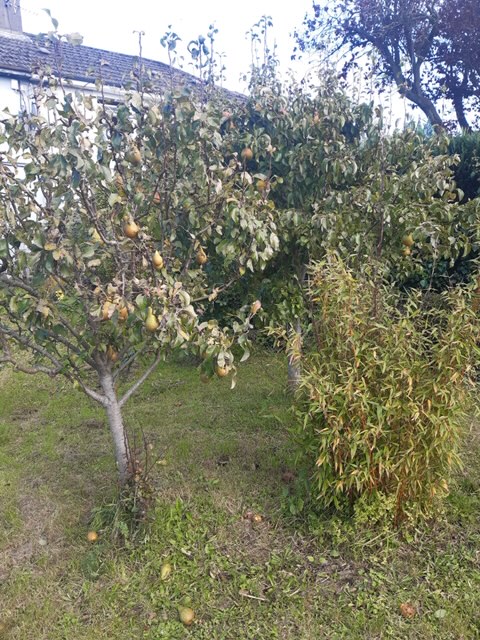Submission of Keep Kilkenny Beautiful to the Kilkenny Draft Kilkenny City Development Plan – March 2021

????????????????????????????????????
Since its inception over 40 years ago, Keep Kilkenny Beautiful’s core objective has always been the creation, maintenance and continual improvement of a clean and healthy environment for the enjoyment of all of Kilkenny’s citizens and visitors. We see this as a vital social service in today’s society, as the health and sustainability of our environment has a direct impact on the quality of life, physical and mental health of those who live here. Keep Kilkenny Beautiful (KKB) has played a leading and integral role in ensuring that Kilkenny continues to be a beautiful and healthy place to live in and to visit. In close partnership with Kilkenny County Council and Kilkenny’s communities, we have helped to maintain litter free streets, rivers, residential areas and approach roads. Formal landscape presentations, colourful raised beds, hanging baskets, floral presentations and well-presented buildings have added colour and beauty and have helped Kilkenny win many Tidy Towns Awards – and most recently our unprecedented 5th IBAL Tidy Towns Award. Keeping Kilkenny Beautiful is now an important part of our heritage and of our culture.
Keep Kilkenny Beautiful is conscious of the urgency of the UN Sustainable Development Goals, particularly those pertaining to good health, climate action and also biodiversity loss. We urge the County Council to make the decisions now that will enable us to achieve these goals by 2030. We make this submission with particular emphasis on the specific goals of:
SDG.3.Good Health.
SDG 6 – Clean Water;
SDG.7.Affordable and Clean Energy.
SDG 10 – Reduced Inequality;
SDG 11- Sustainable Cities and Communities;
SDG.12 – Responsible Consumption.
SDG 13 – Climate Action;
SDG 14 – Life Below Water;
SGD 15 – Life on Land;
SDG 17 – Partnerships to achieve the Goal.
We believe that at this critical point, any Local Authority Development Plan should be developed and designed to ensure that at County, City and local levels we maximise our contribution to achieving SDG Goals. In this context we offer this submission for consideration, which we believe to be important in creating a sustainable and inclusive future for all of Kilkenny’s citizens.
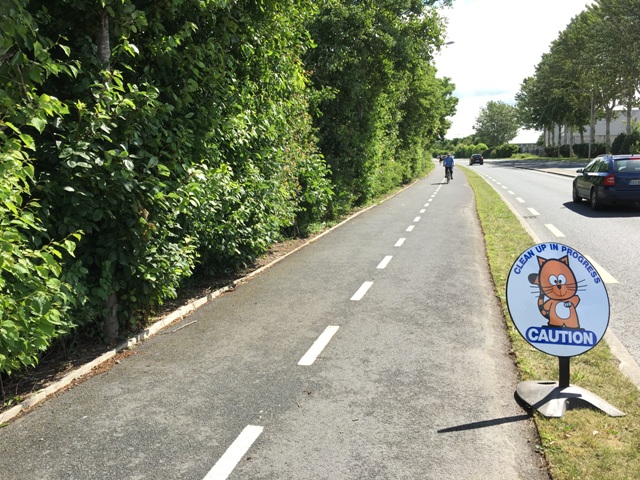
Climate Change Mitigation
Keep Kilkenny Beautiful proposes that:
- The Kilkenny Tree Cover Master Cover Plan, initiated in 2020 by Keep Kilkenny Beautiful, Kilkenny City Area Office and Kilkenny Parks Department, be integrated into a Kilkenny City and County Tree Management Strategy as part of Kilkenny County Council’s Climate Change Adaptation Strategy to combat and mitigate against climate change, also fulfilling the Nature Based Solution Actions 9 & 10 in the Kilkenny Climate Change Adaptation Strategy 2019.
- That Kilkenny County Council would collaborate with Keep Kilkenny Beautiful in an annual Biodiversity and Tree Planting Challenge in partnership with the 32 County Tree
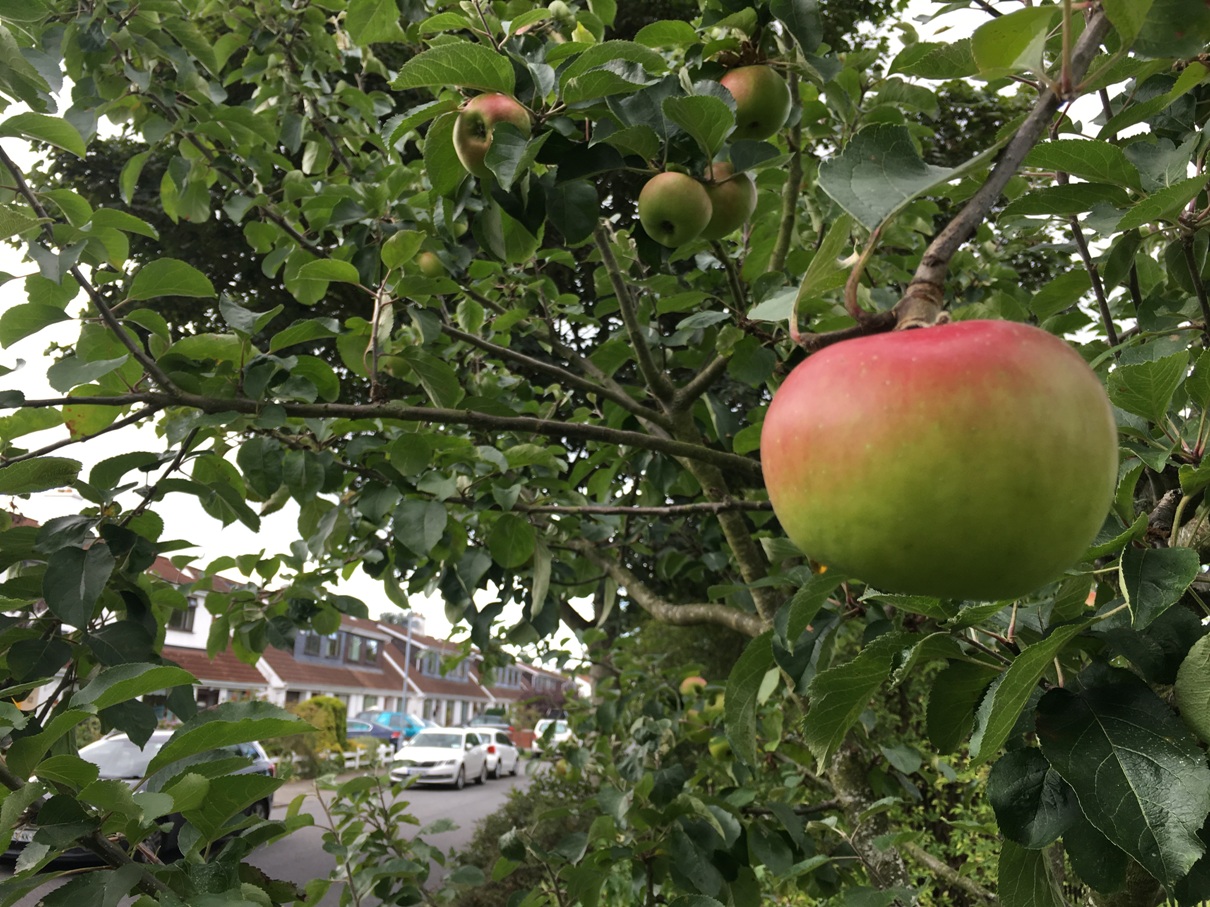
Planting Charity, Trees in the Land; The National Tree Council; and other landowners and community stakeholders in the planting of specific numbers of trees and hedgerows, which we propose should be at least 8000 trees per year – which equals to a mile of hedgerow.
- That Kilkenny County Council would seek to identify and acquire additional suitable land for continued tree planting in the future, given the importance of such in mitigating climate change, and would seek to involve Kilkenny communities in this activity.
- That trees and hedgerows be planted where possible in the Market Yard and St Mary’s Car Park as per the objectives of the Climate Change 2019 Adaptation Strategy.
- That native tree and hedgerow planting be used in and around all new housing developments and avoid the use of Laurel, a non-native and invasive tree.
- That the principles of Net Biodiversity Gain be adopted as a condition of all future infrastructure and housing development.
- That a Municipal bio-digester be constructed as a priority within or close to the city to produce sustainable energy and also to produce quality peat-free horticultural compost.
- That the responsible and sustainable production and use of renewable energy be prioritised.
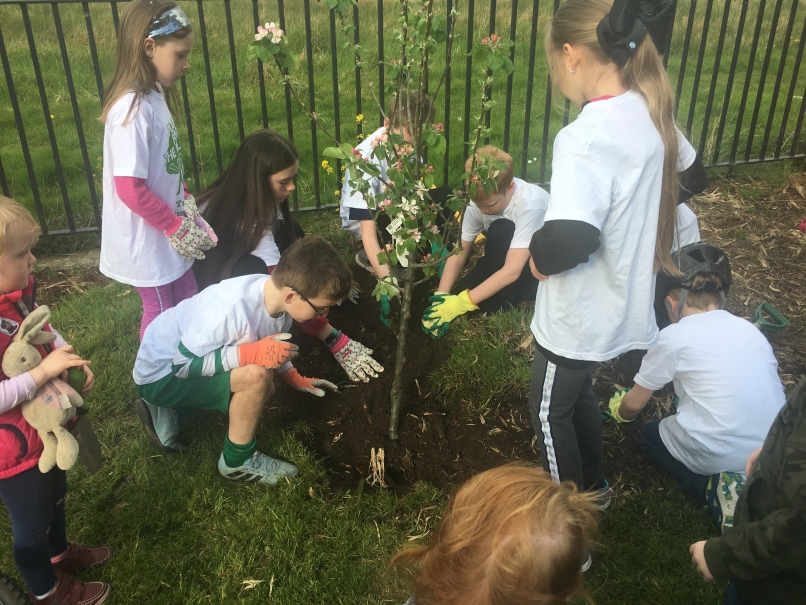
Biodiversity and the Pollinator Plan
That Kilkenny County Council would devise and implement Local Area Biodiversity Action Plans in line with the Kilkenny Tree Cover Master Plan.
That Kilkenny County Council would follow the lead taken by other County Councils and commit to increasing their actioning of the National Pollinator Plan through the following:
- To commit to changing the grass management regime on council-owned land through procuring the equipment or services that will allow this land to be better managed for biodiversity, recognising that current grass management services are not appropriate for this task. This will increase ecological connectivity, contribute towards biodiversity net gain and increase the natural capital value of our publicly-owned land, as well as decreasing carbon dioxide emissions from the reduction in grass cutting.
- To increase the use of wild flower meadows on public lands, road verges and roundabouts.
- To select planting schemes that are pollinator-friendly and sustainable – eg choosing perennials and grasses that will have year-long interest rather than seasonal annuals.
- To commit to reduction and phasing out of pesticides with the exception of dealing with aggressive invasive species.
- To promulgate the pollinator plan among council staff and offer Continuous Professional Development training in biodiversity.
- To commit to delaying grass cutting on council owned land (other than sporting pitches) until the middle of April at the earliest.
- To support and develop the Invasive Species programme currently being implemented by KKB with the assistance of Nore Vision and under the direction and guidance of the Parks Department and NPWS.
- To seek to enter Council-owned park areas into the Green Flag for Parks Pollinator Award.
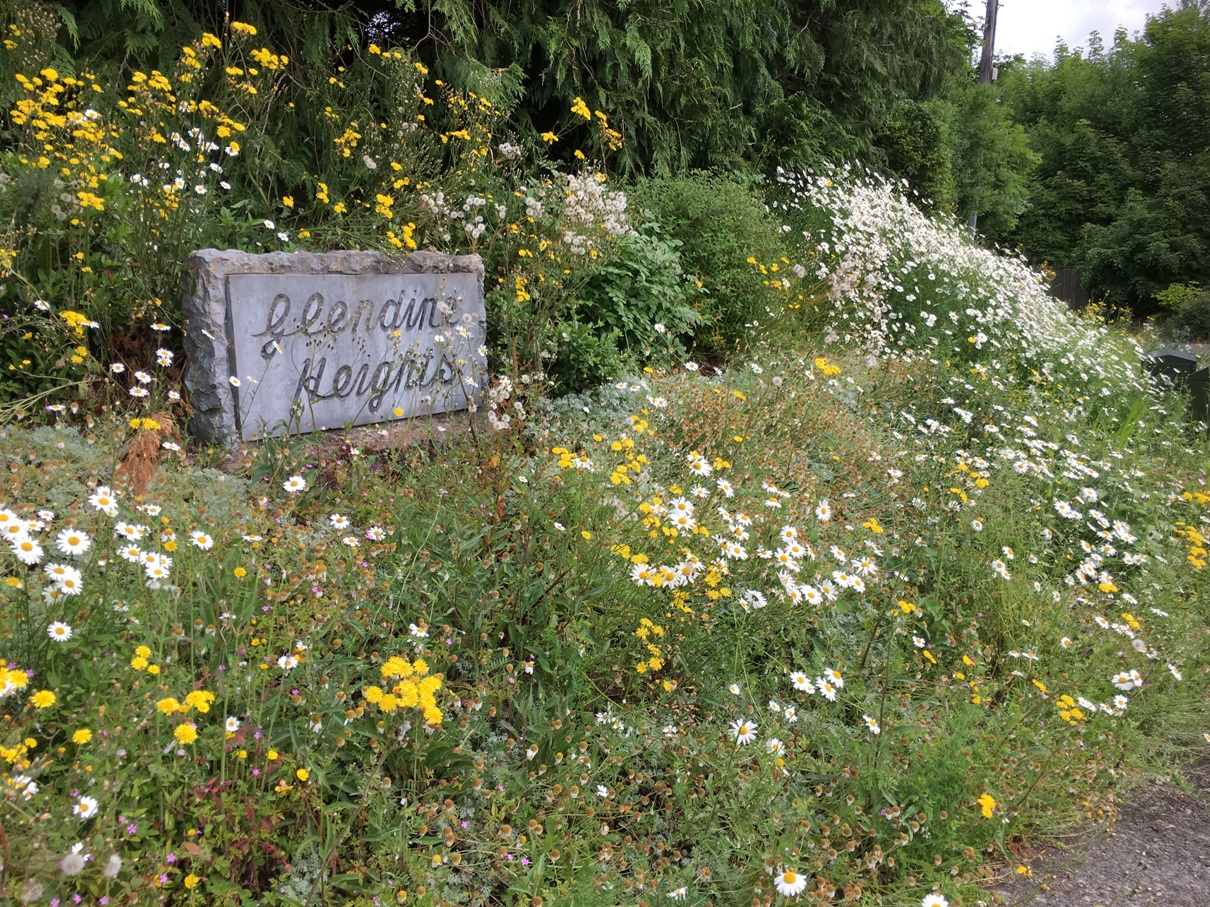
That Kilkenny County Council would recognise and further develop the many societal and health benefits of increasing citizen participation, learning and understanding in biodiversity, nature and growing food through the following:
- Creation of allotment provision in all 4 quarters of the City and the city centre, and encouragement of citizens through provision of community training opportunities in pollinator-friendly and sustainable gardening.
- Scoping and development of community compost hubs.
- Provision of area leaf dumps for composting leaves into mulch.
- Scoping the development of a Centre dedicated to teaching Grow-Your-Own sustainable gardening and healthy eating and living within the City environs (comparable to Grow HQ in Waterford)
- Support/facilitation of the creation of Outdoor Classrooms to ensure that understanding and access to nature are accessible to all citizens of Kilkenny.
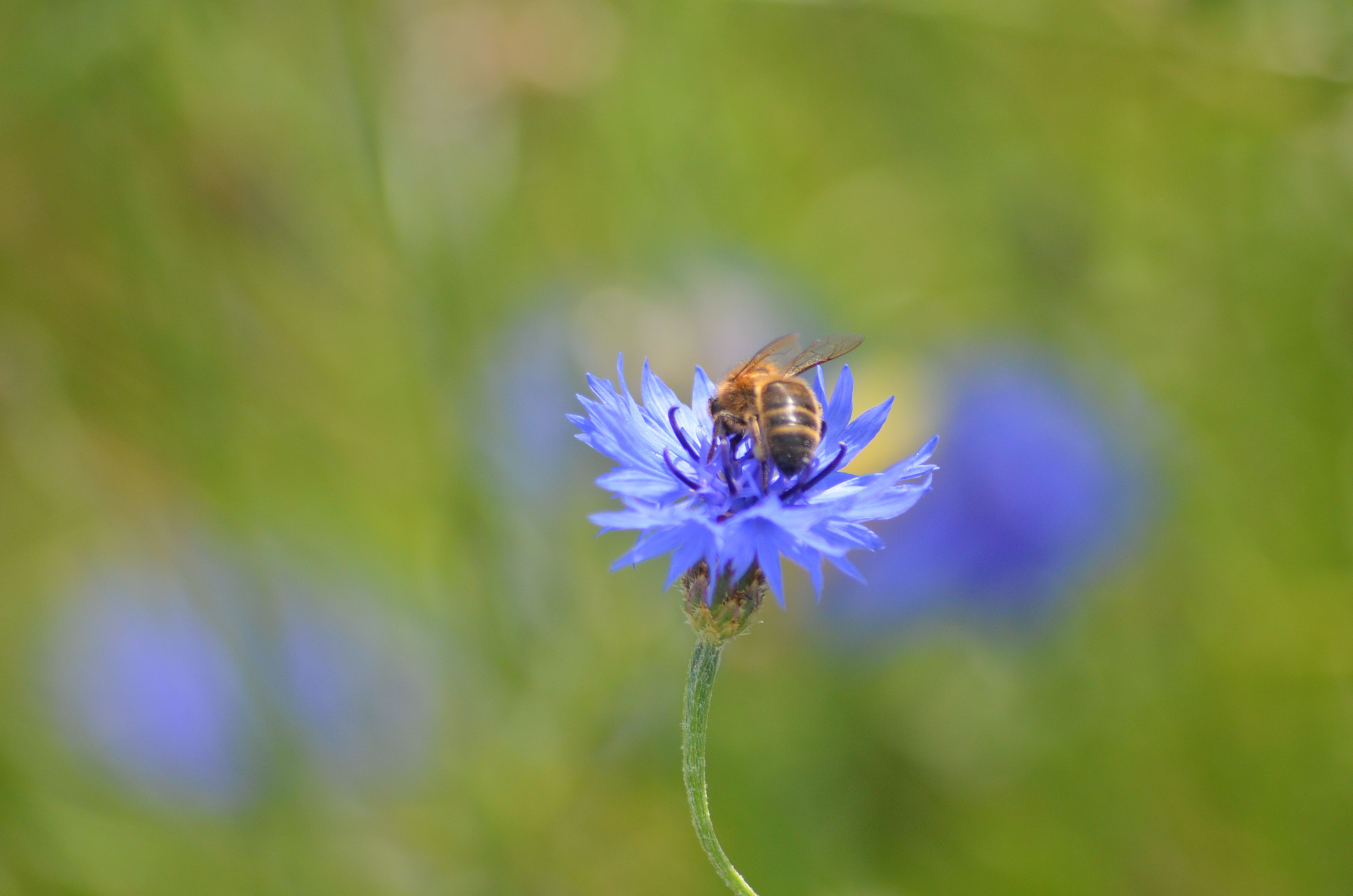
Natural Habitats – Newpark Fen
That Kilkenny County Council, in conjunction with the National Parks and Wildlife Service, NGOs and appropriate community organisations, would explore an expanded conservation management plan for the Newpark Fen and explore the potential to incorporate the wet woodlands owned by Kilkenny College, with the aim of making the whole complex available to the public, initially for education purposes.
That Kilkenny County Council would explore the possibility of full public access to the whole site using the DAFM Neighbourhood funding scheme to expand the site and to procure the adjacent field at the north-east Corner for community tree planting.
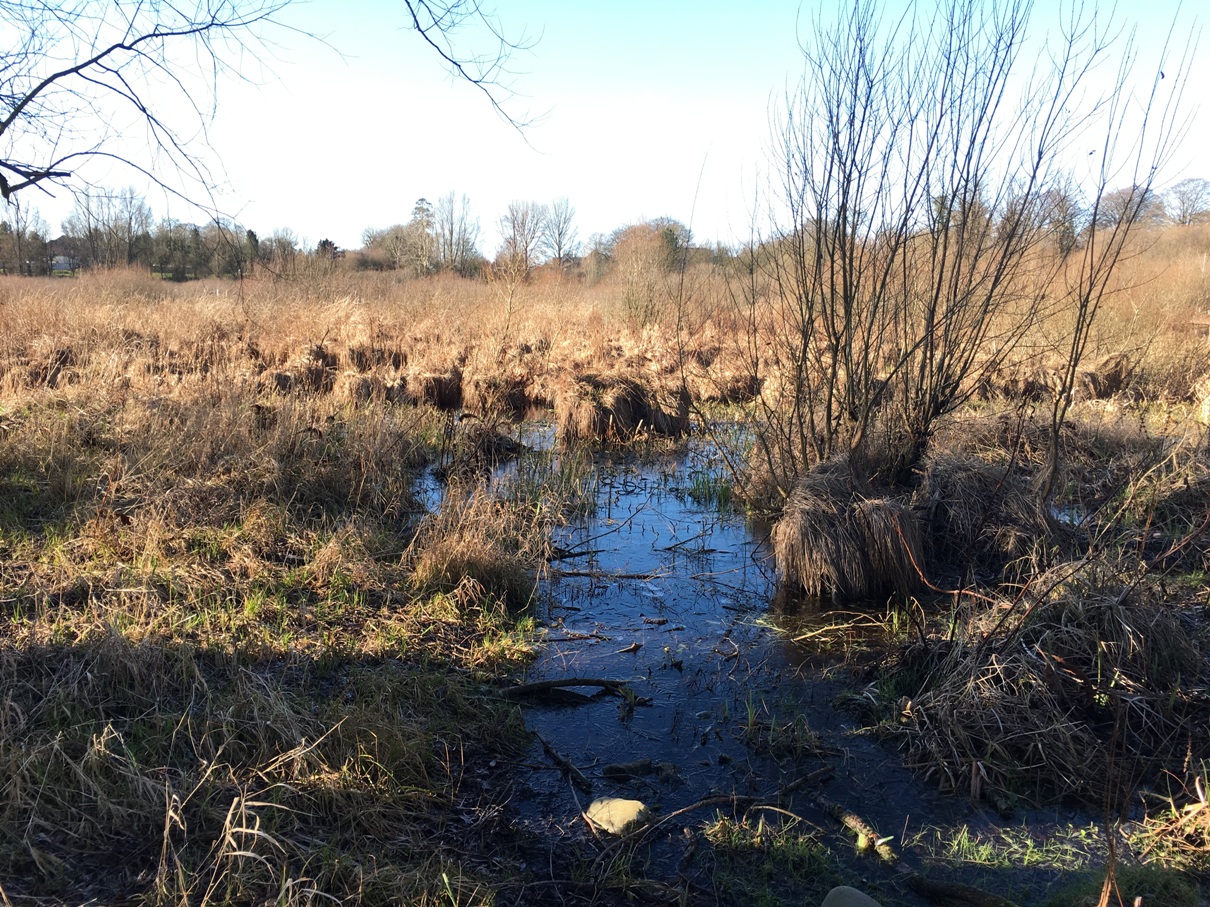
Natural Habitats – River Nore
The River Nore is possibly Kilkenny’s most under-utilised natural asset. Sensitive development for recreational use is also a means of ensuring good water quality. It increases our attractiveness as a visitor destination and it promotes healthy citizenship. We ask that the following be considered:
- Development of a Boat House and Jetty as a river amenity resource within the city.
- Provision of additional boat slips offering controlled boat and kayak access
- Provision of a white water and slalom kayaking amenity at Lacken Weir.
- Opening up vistas of the river from the Bishops Meadows Linear Park in line with local residents wishes and provision of resting benches at these points where the river can be viewed and heard.

Natural Habitats – Rivers Bregagh and Pococke
The water quality of rivers Breagagh and Pococke has deteriorated considerably in recent years and urgently needs to be addressed. We ask that the following be considered:
- That Kilkenny County Council establish Local River conservation groups with partners KKB, LAWPRO, NPWS, Nore Vision or River Trust and relevant land owners to proactively pursue and implement measures to restore Good Ecological Status.
- That the restoration of Good Ecological Status be an imperative condition to be achieved prior to commencement of any riversite-associated residential development which would ensure quality natural and recreational amenities going forward.
- That appropriate access to and from the rivers Bregagh and Pococke be developed.
- That the feasibility of a Pocock riverside walkway from the Sion Rd to the Johnswell rd roundabout be explored for development.
- That a survey and installation of attenuation ponds be undertaken to intercept runoff and silt running from the Ring Rd into the River Pococke currently causing ecological deterioration in that river.
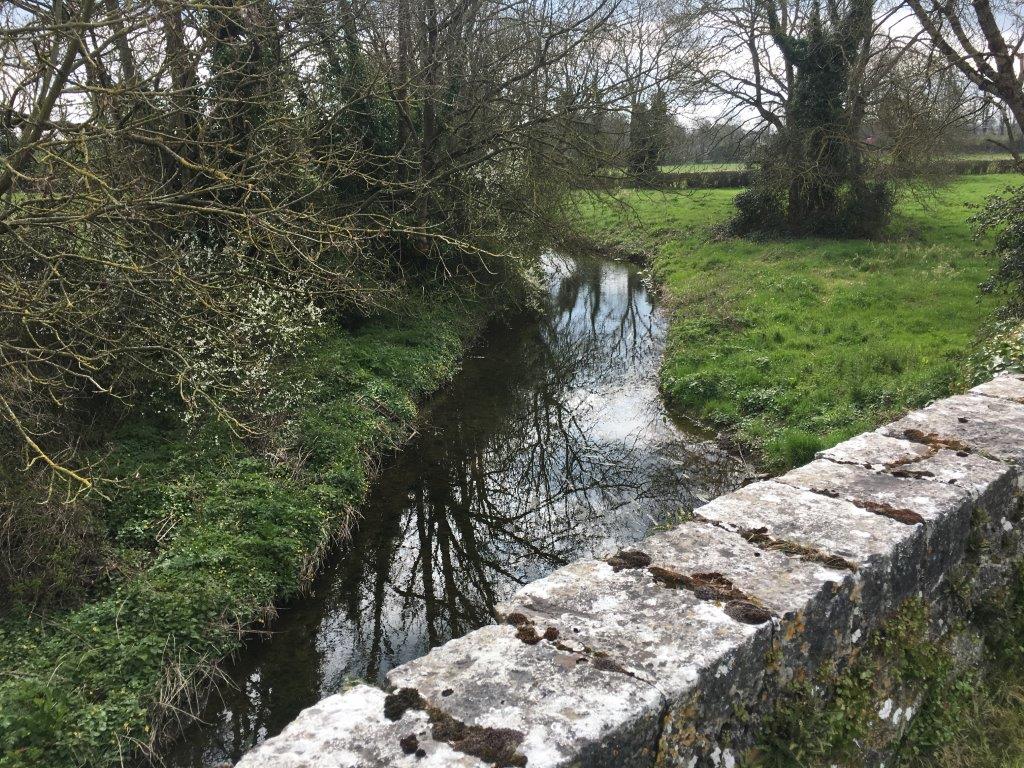
Sustainable infrastructure
Transport
In order to ensure that Kilkenny is a city that is focused on the wellbeing, health and safety of its inhabitants into the future, we ask that Kilkenny County Council would follow the evidence-based international best practice of reducing car use and prioritising more sustainable forms of transport including the following:
- Provision of more pedestrianised zones in the City Centre’s main shopping area and particularly in the Medieval core.
- Provision of car-free zones at entry and exit points from all schools and amend parking bye laws appropriately.
- Provision of more dedicated cycle lanes.
- Provision of contraflow cycle lanes in one-way streets
- Provision of adequate bicycle parking stands in all areas
- Provision of more park and ride/cycle facilities at the outskirts of the city .
- Creation of new cross-river cycle and pedestrian links.
- Increase of electric Vehicle recharging points.
- Scoping out the provision of pedestrian access along the eastern bank of the river from Greensbridge to Talbots Inch.

Sustainable tourism
In order to ensure that we remain an attractive visitor destination as well as a clean and healthy place for our citizens, we ask that Kilkenny County Council would address some of the principal causes of littering and waste to mitigate their effects on our environment, and consider the following:
- To support, develop and promote festivals and markets with zero waste outcomes in Kilkenny.
- To introduce composting bins in public areas where compostable food containers are used (particularly the Parade) as otherwise these containers go into landfill.
- To adopt in principle that food packaging is a major cause of litter and waste, and to restrict provision and promotion of fast food containers and encourage provision of package-free food and sustainable alternatives at public festivals and events.
- To provide more segregated recycling centres and incentivise aluminium and glass recycling.
- To provide drinking fountains in the City which cuts down on plastic use.
- To include tree planting and maximum biodiversity gain as an integral part of good street design.
- To enforce current by-laws regarding dog fouling.
- To consider the introduction of new dog fouling byelaws using DNA technology to identify dog owners who do not clean up.

Keep Kilkenny Beautiful



